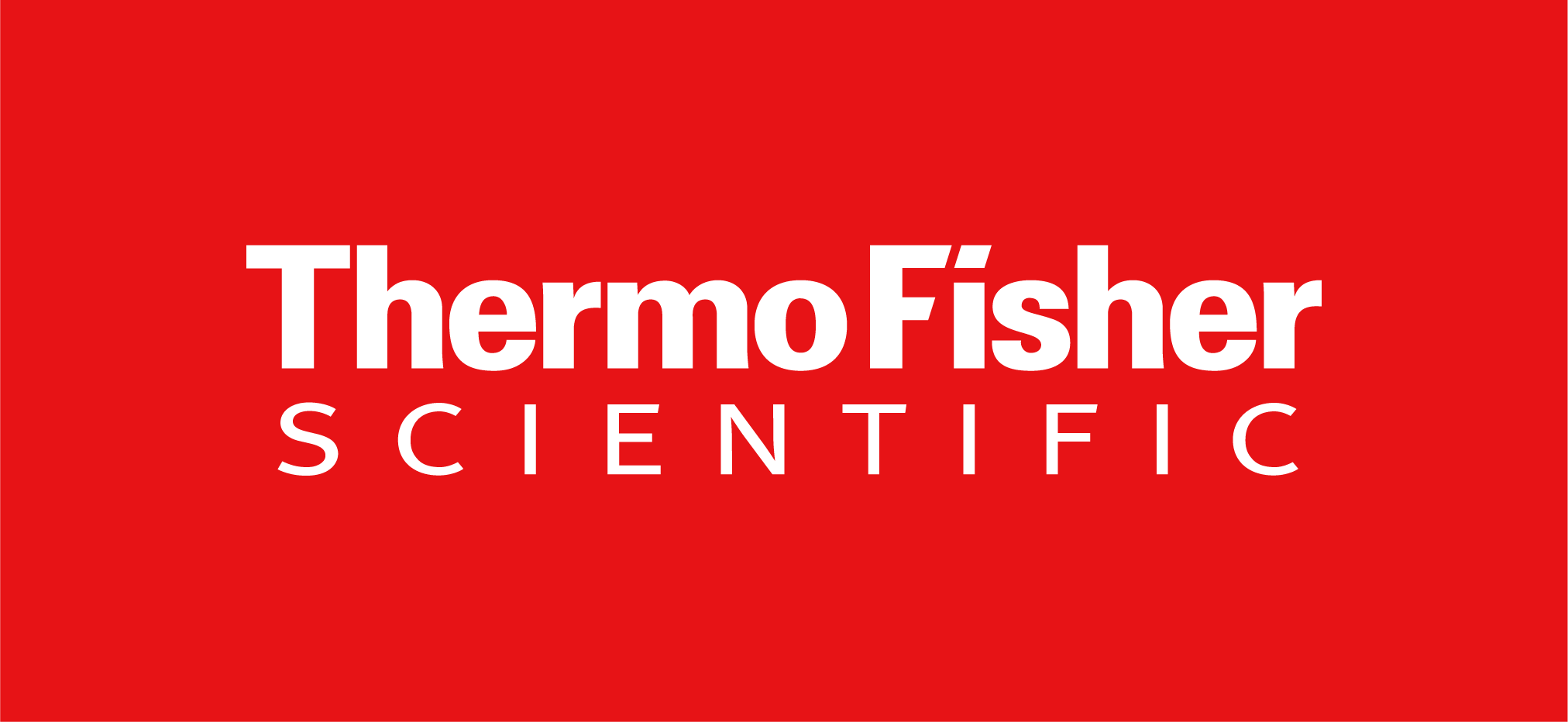Nature
Thermo Fisher is committed to safeguarding the world’s natural resources through the preservation of freshwater resources and effective waste management.
Nature targets
We recognize our role in protecting nature. That’s why we are committed to zero waste and assessing our water use in water scarce regions.
Water
Assess water usage for water-intensive manufacturing facilities in water-scarce areas¹
Waste
30 manufacturing and distribution sites zero-waste certified by 2025²

Water
Water is vital to life, and we aim to understand the risks associated with our impact on water scarcity and quality. Our commitment is to assess water usage for current water-intensive manufacturing facilities in water scarce areas.¹
Our approach includes the following priorities:
- Conducting annual water scarcity assessments to manage our evolving risks and impacts, and adapting as needed when water stressors shift
- Ensuring that our wastewater discharges comply with applicable laws, regulations and internal standards, with an emphasis on active pharmaceutical ingredients (APIs)
- Continuing to monitor our operational water use and the evolution of water frameworks and working groups, such as the Science Based Targets Network, to inform future target setting
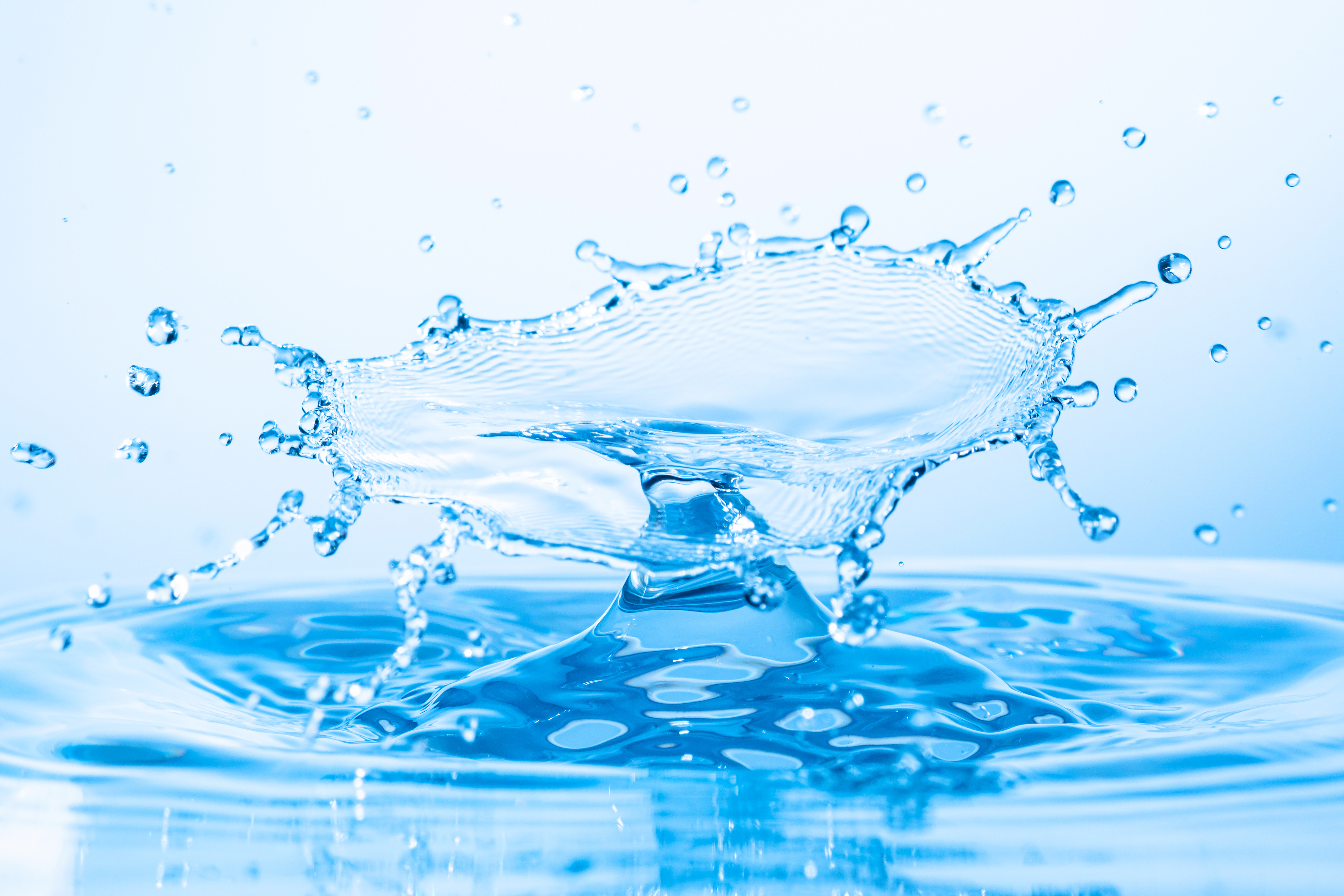
In 2024 we achieved our commitment to assess water usage for current water-intensive manufacturing facilities in water scarce areas.¹ We utilize the WWF Water Risk Filter™ tool to conduct an annual water scarcity assessment. Using this tool, we identified four water-intensive sites where we then completed a more detailed assessment of water usage and opportunities.³ Moving forward, we will continue to monitor and conduct additional assessments as needed. For more information, please see our TCFD statement in our CSR disclosure index.
Pharmaceuticals in the environment
We are actively working to eliminate the risk of adverse environmental impacts from wastewater discharge, with a specific focus on operations managing APIs. As mandated by regulatory requirements or determined by risk assessments, we require the collection and proper disposal of the first cleaning rinse of equipment used in the manufacturing or handling of APIs. This measure is taken to mitigate the release of known toxins and potent pharmaceuticals into the environment.
Across our company, water withdrawal, excluding non-contact cooling water, was flat in 2024 compared to the previous year.
For more detail, please see the Data summary.
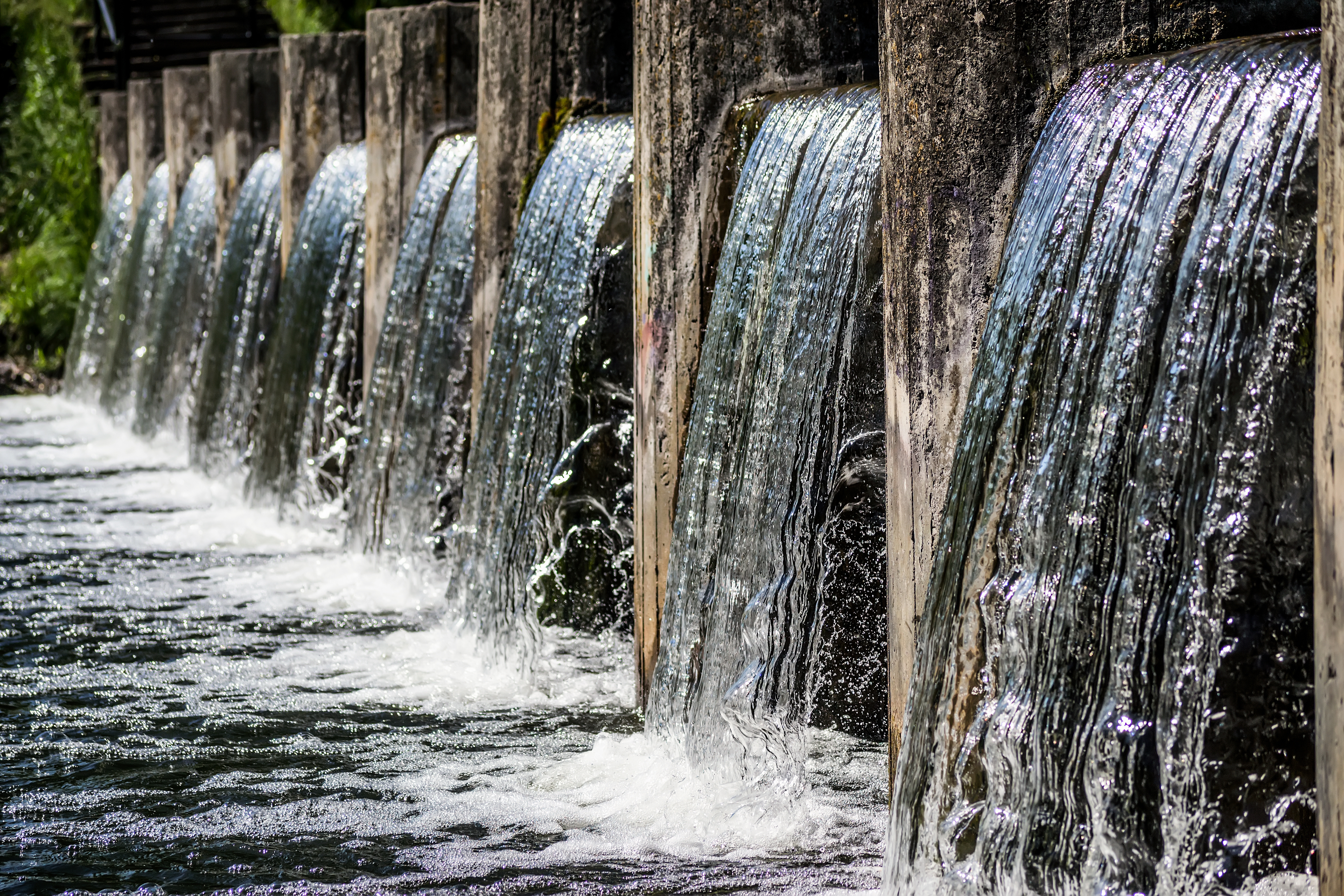
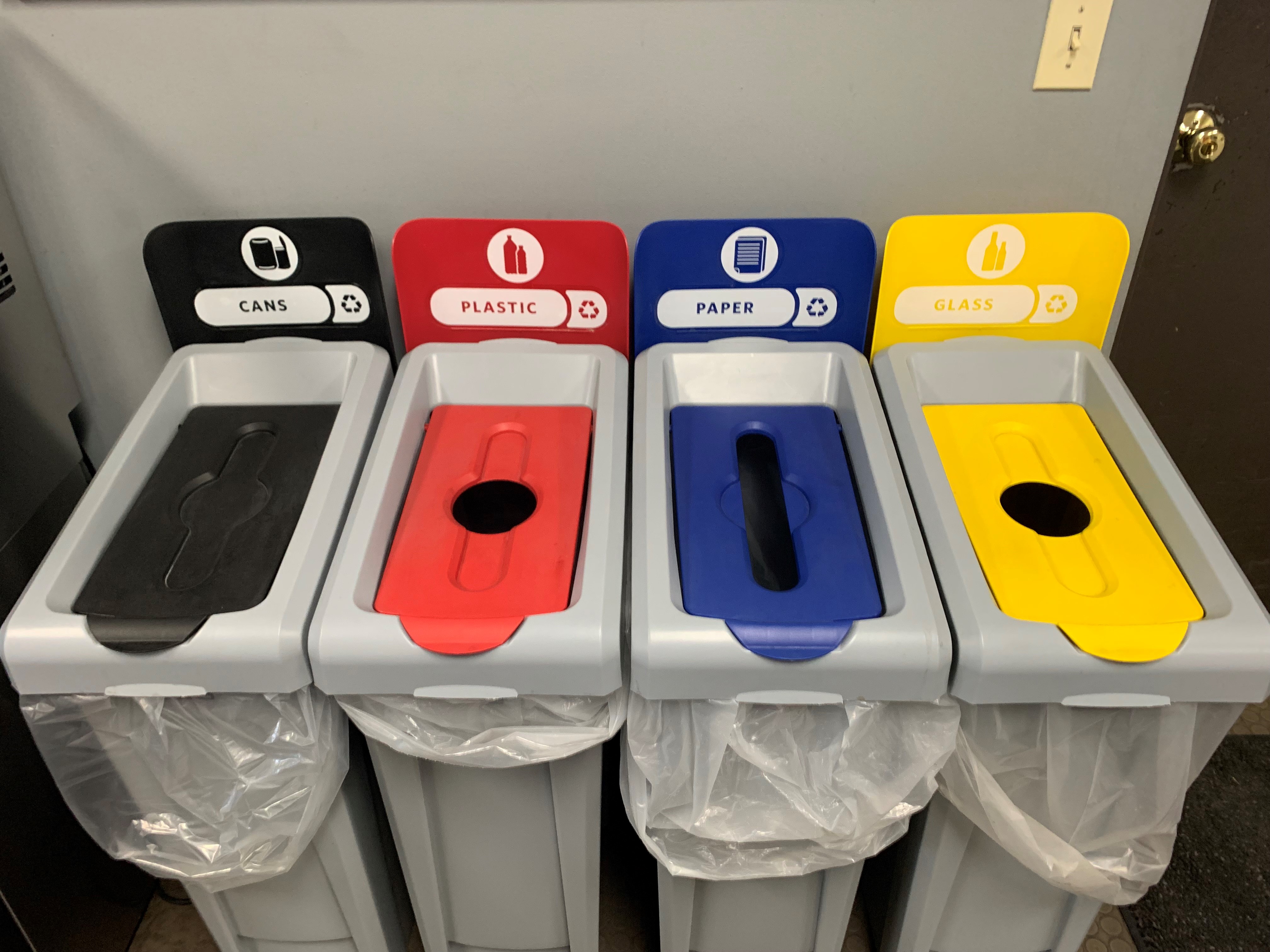
Waste
Our zero-waste program is informed by global industry standards, including TRUE Certification⁴, and considers the waste hierarchy outlined by the United States Environmental Protection Agency (EPA) and the GHG emission potential of different disposal methods. This program initially focuses on reducing the use of natural resources in our operations, followed by shifting away from high-emission disposal methods.
Our waste management approach leverages our PPI Business System, which fosters a continuous improvement mindset. We strive to achieve 30 certified zero-waste manufacturing and distribution sites by 2025.²
In 2024, we increased our certified zero-waste sites from 20 to 27 and achieved a company-wide non-hazardous recycling rate of 53%.
Zero Waste
In 2024, seven additional sites were certified as zero waste, each diverting more than 90% of waste from landfill, incineration and waste-to-energy disposal.
To accomplish this, our teams implemented specific waste management best practices, including:
- Clearly labeled and color-coded recycling and waste bins, promoting effective waste separation
- Glass crusher to facilitate glass bottle recycling
- Chipping scrap metal to optimize recycling opportunities and value
- Designated staging area for pallets to be reused
2024 highlights
.svg)
E-waste
Through our corporate e-waste disposal program, 9,296 electrical assets were refurbished for reuse and 12,907 assets were recycled, avoiding over 2,372 MTCO2e.⁵

Wastewater
In Florence, South Carolina, we redirected over 800,000 kilograms (kg) of solvent waste from external waste-to-energy disposal to solvent recovery.

Reduce
In Bedford, Massachusetts, we optimized our POROS production processes to reduce solvent waste by over 23,000 kg, equivalent to over $70,000 in savings.
.svg)
Reuse
At our St. Louis, Michigan site, we partnered with our waste hauler to repurpose spent sodium hydroxide pellets for air scrubber cleaning, reducing waste-to-energy volume by 13,000 kg annually and saving $170,000.
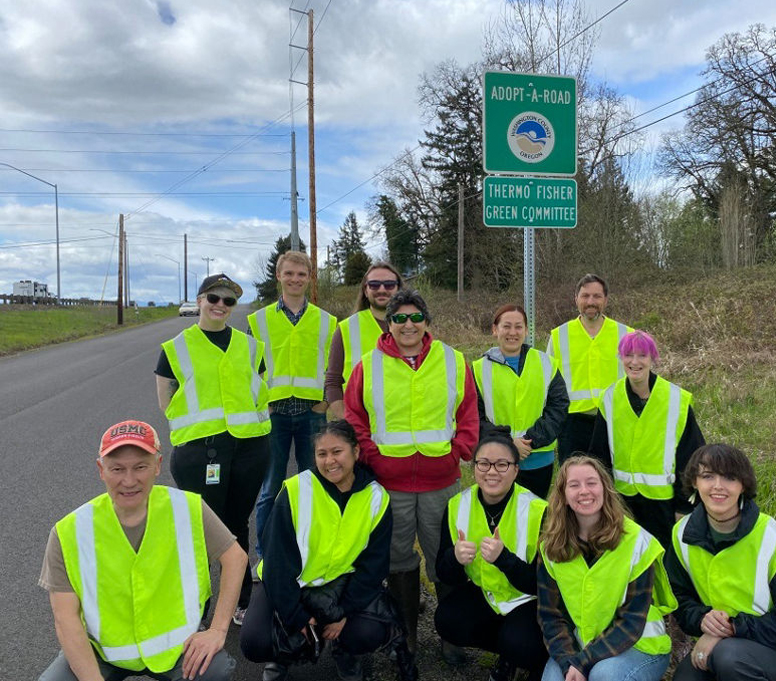
Green committees
Our 35 Green Committees are colleague-led groups that actively support environmental action at our sites and in our communities. In 2024, they contributed to composting programs, zero waste efforts, conducted trash pickups, electric vehicle charger and energy initiatives, and planted and maintained on-site and community gardens.
“Through on-site activities and site-based partnerships with local programs like Adopt-A-Road, Green Committees are giving back to the communities around us, raising awareness of our company Mission, and directly helping to make the world healthier, cleaner and safer. These initiatives reinforce our culture and enhance our motivation to serve our customers.”
— Gavin Mitchson Scientist III, Research & Development, Analytical Instruments Group
Endnote:
1. Water-intensive means a facility using over 25,000 cubic meters of freshwater per year.
2. Zero waste is defined by Thermo Fisher as less than 10% of waste disposal to landfill, incineration, or waste-to-energy facilities, excluding regulated wastes.
3. The four water-intensive sites identified were Carlsbad, California, US; Colorado Springs, Colorado, US; Logan, Utah, US; Ferentino, Italy, EU.
4. TRUE (Total Resource Use and Efficiency) strives to change the way materials flow through society so that all products are eventually reused and diverted from landfill, incineration (waste-to-energy) and the environment. Source: https://true.gbci.org/
5. Emissions avoided determined and provided by Sims Lifecycle Services.
